On International Day of Forests, here’s looking at Baikunthapur and its treasures
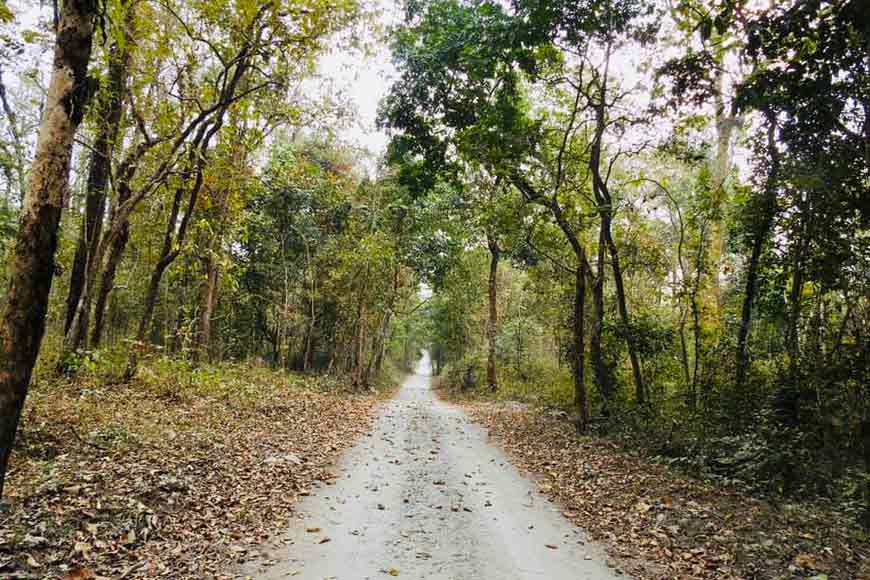
“When we drink a glass of water, write in a notebook, take medicine for a fever or build a house, we do not always make the connection with forests. And yet, these and many other aspects of our lives are linked to forests in one way or another.” So says a message on the official website of the United Nations, as a way of explaining the importance of International Day of Forests, celebrated annually on March 21 ever since the UN General Assembly proclaimed the day in 2012 to celebrate, and raise awareness about, the importance of forests.
For 2021, the theme of the International Day of Forests is ‘Forest restoration: a path to recovery and well-being’. The restoration of forests will help address the climate-change and biodiversity crises. It will also produce goods and services for sustainable development, “fostering an economic activity that creates jobs and improves lives”, says the UN message.
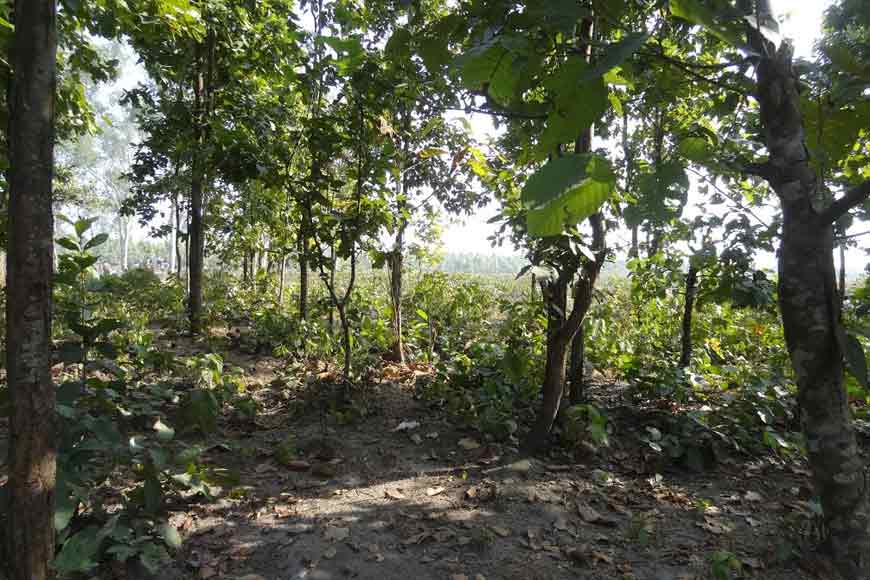
For most people in Bengal, the word ‘forest’ would conjure up images of the Sundarbans, with good reason. After all, they are the world’s largest mangrove forests, and home to an incredibly diverse ecosystem that holds immense significance for our very existence. However, a few others might also think of another forest, far removed from the Sundarbans, all the way up to the north - Baikunthapur.
Geographically speaking, Baikunthapur is a Terai forest region in the western part of the Dooars in West Bengal, south of the Himalayan foothills, between the rivers Mahananda to the west and Teesta to the east. Situated partly in Darjeeling and partly in Jalpaiguri district, the region’s most important towns are Siliguri and Jalpaiguri. Historically, the Baikunthapur forests were the base of the Raikat princes when ‘Koch Bihar’ (what we know as Coochbehar) was an independent kingdom. And mythically speaking, Lord Krishna is said to have found refuge in the forest at one time, which prompted ISKCON to build their largest center in the Northeast in Siliguri.
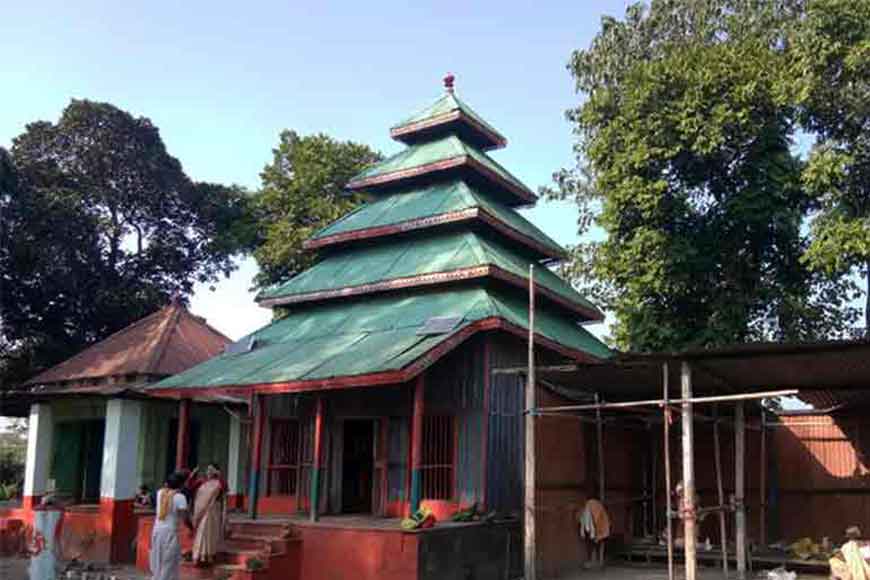
The other bit of history that the region is famous for is the legend of the ‘bandit queen’ immortalised by Bankim Chandra Chattopadhyay in his novel, Devi Chaudhurani. On the outskirts of Jalpaiguri town stands a temple to Devi Chaudhurani, apparently the very one where she and her mentor Bhavani Pathak and their gang of robbers offered prayers to goddess Kali before going out on a mission. Following the ritual prayers, the duo would ascend their ‘bajra’ (yacht) anchored in the Teesta and sail off.
Today, the temple is a popular tourist attraction, where the robber duo have actually been turned into deities themselves. A far cry from the British era, when Bhavani Pathak and his gang were termed ‘bandits’. Devi Chaudhurani and Pathak were also alleged to have instigated the Sannyasi Revolt, the activities of ‘sannyasi’s (Hindu monks) in Bengal against the East India Company administration in the latter half of the 18th century. Murshidabad and Baikunthapur are widely considered to have been at the heart of the rebellion.
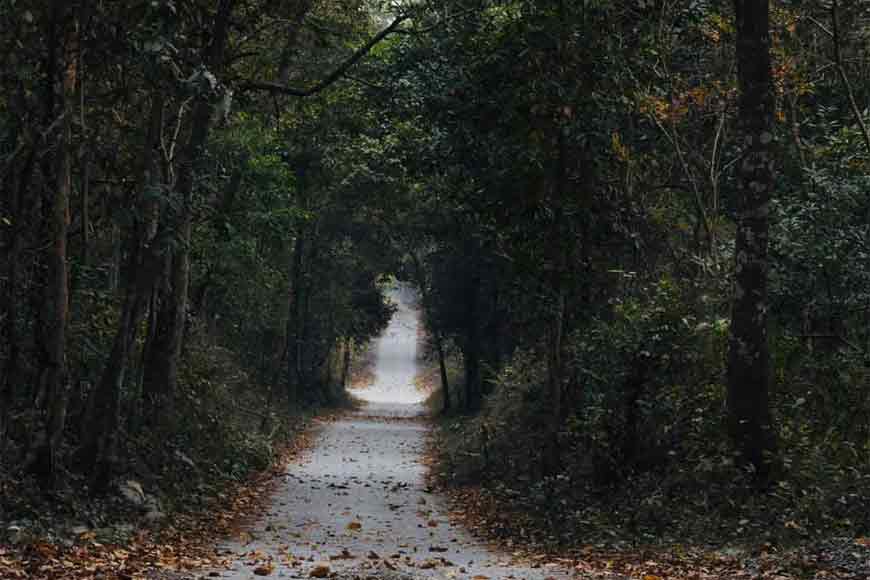
Ecologically speaking, Baikunthapur is extremely important in terms of wildlife conservation, primarily as the home of a significant population of wild elephants. However, the forest has become increasingly threatened by the growth in human populations, though some areas remain undisturbed, such as the Mahananda Wildlife Sanctuary.
Ever since the region became home to tea plantations and lost its reputation as a haven for malaria, its human population has been growing consistently. The once dense forests have been reduced drastically, particularly in the last 50 years or so. Today, according to some estimates, only 25 percent of the region is still Terai forests, while as much as 43 percent is cultivated and non-cultivated land, and 15 percent is devoted to tea gardens.
Much of the deforestation in the ar ea can be attributed to land clearing, terracing, mining and construction, which have led to soil erosion and degraded the water quality of the entire region. That apart, there is the constant problem of illegal tree felling and uncontrolled grazing by domestic cattle and livestock. According to a study by the Indian Institute of Forest Management in Bhopal, 93 percent of households collect fuel wood from the forests of Baikunthapur, clearly a recipe for disaster.
Parallel to this, the elephant population of the area is healthy and growing, which makes it essential that clashes between humans and elephants be prevented. Each year, teams from the Baikunthapur forest division seize illegal lumber worth lakhs of rupees from the Mahananda Wildlife Sanctuary and the Baikunthapur Forest Reserve, but the trade in illegal lumber continues.
Nonetheless, a trip to the region is still a breath-taking experience, thanks to its sheer physical beauty and the richness and diversity of its flora and fauna. The Mahananda Wildlife Sanctuary is 30 minutes from Siliguri by road. Sukna, the gateway to the sanctuary, is 13 km from Siliguri and 28 km from Bagdogra airport. The sanctuary stretches across 159 sq km of reserve forest and was opened as a game sanctuary in 1955. In 1959, it was conferred the status of a sanctuary, mainly to protect the Indian bison and royal Bengal tiger.
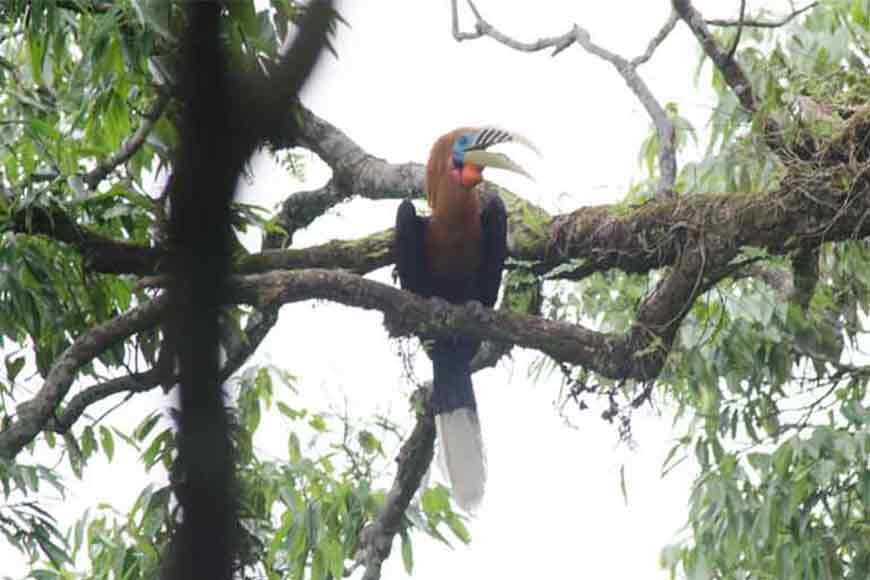
The highest point of the sanctuary is Latpanchar, with an average altitude of 4,200 feet. Among the bird species at Mahananda Wildlife Sanctuary are some truly endangered species like the Rufous-necked Hornbill, Oriental Pied Hornbill, and Great Hornbill. But others such as swallow, swift, thrush, babbler, warbler, roller, minivet and sunbird are abundant.
A few rarely seen mammal species of the sanctuary include the Himalayan serow (a four-footed mammal that looks like a cross between a goat and an antelope), Himalayan porcupine, Himalayan black bear, and the even more rare binturong (also known as bearcat), and clouded leopard. Other important mammalian species include Indian elephants, Indian bison, chital (spotted deer), barking deer, sambar deer, rhesus monkey, and many species of smaller cats like fishing cat and jungle cat.
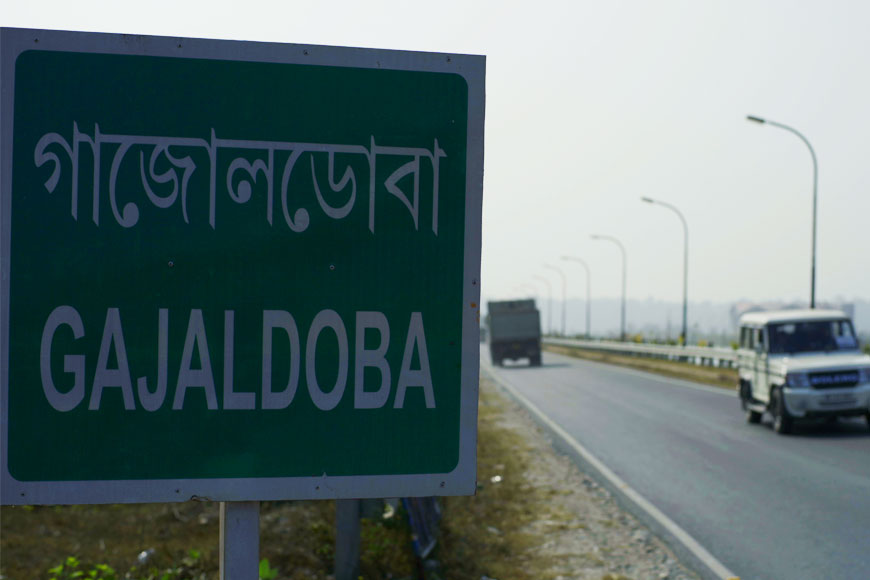
Among the initiatives in the region that have positively affected wildlife is Gajoldoba, essentially a reservoir formed by the first Teesta Barrage, built for irrigation. Gajoldoba is surrounded by the Baikunthapur forests, and is just about an hour’s drive from Siliguri. The reservoir is used by several species of water birds from Ladakh and Central Asia, including the brahminy duck, bar-headed goose, pochard, pintail, shoveller, mallard, black ibis, and many species of stork, cormorant and duck.
Over the past few years, the state government has been developing Gajoldoba as a tourist destination, thanks to its location and surroundings. The natural beauty of Gajoldoba encompasses spectacular views of the forest, river, and mountains, attracting both tourists and locals to the area. Gajoldoba can also become a nodal point for trips to nearby destinations such as Siliguri (30 km), Jalpaiguri (40 km), Odlabari (20 km), and Gorumara National Park (26 km). The state government has allocated more than 200 acres for the development of infrastructure, with the idea of turning Gajoldoba into a high-end tourist destination.

As of now, you can stay in the AC cottages of the beautiful Bhorer Alo Tourism Property run by the West Bengal Tourism Development Corporation Ltd. For bookings and other queries, you can either contact +91 70294 35557 or bhoreralo.wbtdc@gmail.com. For more information, get in touch with
West Bengal Tourism Development Corporation Ltd
DG Block, Sector-II, Salt Lake
Kolkata 700091
Phone: (033) 2358 5189, Fax: 2359 8292
Website: https://www.wbtdcl.com/
Email: visitwestbengal@yahoo.co.in, mdwbtdc@gmail.com, dgmrwbtdc@gmail.com











